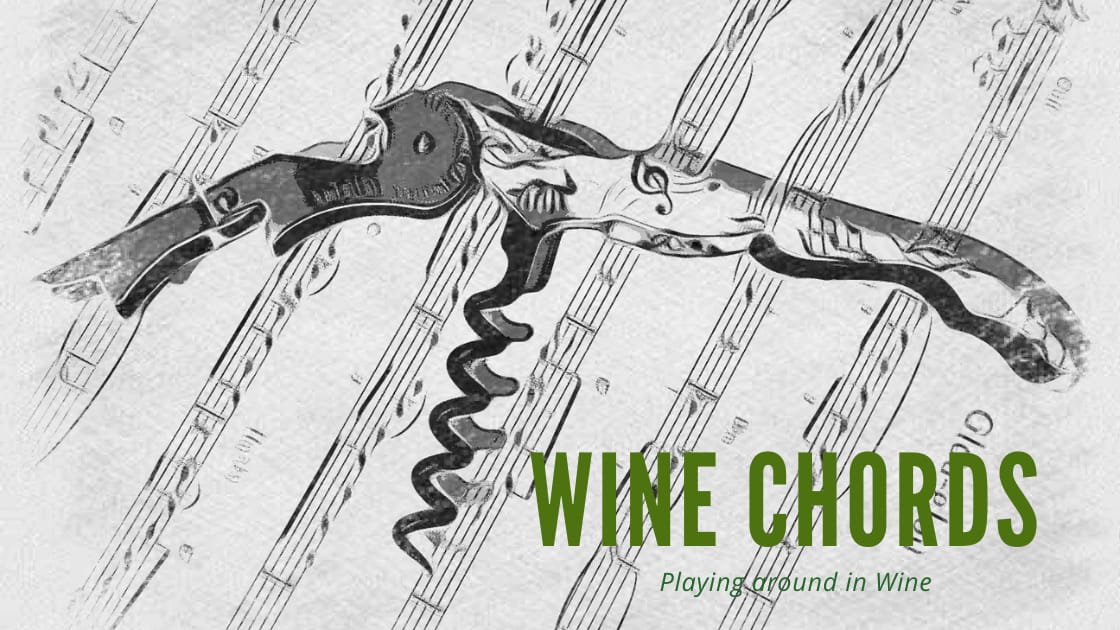This is a Côte de Roussillon Village from a tasting of Catalan wines from both sides of the border. The tasting featured mostly wines from carignan and grenache, both of Spanish origin, but some had small amounts of other varieties. This is a blend of carignan, grenache with syrah and mourvèdre.
Domaine Gauby is located 20 km north-west of Perpignan and extends over about 85 hectares of which 45 hectares of vines up to 125 years old, the rest meadows, oak forests and scrubland. Here we find varied terroirs composed of limestones, marls and slate.

Enologist Tom Lubbe has been a very important figure for this region, and under him Gauby was leading the way in the reviving of this old viticultural region. He had crossed many borders before he came here; born in New Zealand, worked in South Africa’s Swartland, then arrived here. He has been involved in the production of both Gauby and Majas, before he now is leading the neighbouring Matassa project (and married to Gérard Gauby’s sister).
This grapes for this wine was sourced from sedimentary limestone and slate, the carignan, 125 years. The vinification was traditional, 100% de-stemming, maceration 2 to 4 weeks, and use of native yeasts. Two years in barrel, obviously used (no taste of oak worth mentioning), no fining nor filtering.

Gauby Vieilles Vignes Rouge 2011 (Domaine Gauby)
Dark red, some development. Aroma of cherries, thym, some earthy notes and pencil. Good fruit, soft tannins and bright acidity. Still slightly sparkling, but nothing “difficult”. Excellent timing: Drink now!
Price: Medium
Food: Light meat, game, ragus, a variety of cheeses…
Leave a Comment






 the Axarquía dessert
the Axarquía dessert










